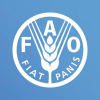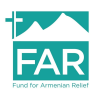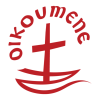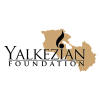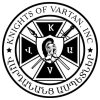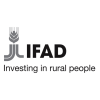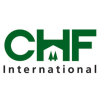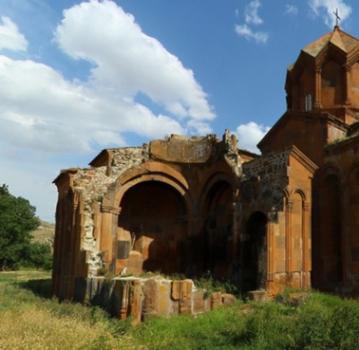
Hiking trail Gyumri-Tirashen-Vahramaberd-Marmashen
A hiking trail Gyumri-Tirashen-Vahramaberd-Marmashen (10, 7 km in length) will be constructed. The famous cuneiform inscription of the Urartian King of Argishti I dated back to 8th century BC is also located at this hiking trail.
The trail starts from the city of Gyumri and passes through medieval Tirashen settlement and the ruined church where there are many rock-cut khachqars (cross stones). There is a cuneiform inscription of the Urartian King Argishti I located at this hiking trail. The inscription is of great interest and historical value and it dates back to the 8th century BC. The preserved cuneiform inscription says: “Argishti conquered the land of Yeriakh (Shirak), Irdaniun (Gyumri or the surrounding area), and reached Ishkigulu. Yeriakh today is Shirak, Irdaniun is Gyumri and its surrounding area, and Ishkigulu is Ashotsk.
Urartu was Armenian Kingdom covering most of the Armenian Highlands in the 9-6th centuries BC. The kingdom rose to power in the middle of the 9th century BC, but went into gradual decline and was eventually conquered by the Iranian Medes in the early 6th century BC. The geopolitical region would re-emerge as Armenia shortly after. Being heirs to the Urartian realm, the earliest identifiable ancestors of the Armenians are the peoples of Urartu. Armenians can legitimately claim, through Urartu, an historical continuity of some 4000 years; their history is among those of the most ancient peoples in the world.
The hiking trail ends up with magnificent Monastery of Marmashen, the best example of the medieval Armenian architecture. On the left side of the road, the passer-by will always have a great view of Akhuryan's deep and picturesque gorge. On the right side, he will see cliffs and niches near it and landscape in the distance through which he passed the cuneiform inscriptions on the way to the Monastery of Marmashen. The Monastery has a high flow of tourists from April to October and it has tendency to grow.







